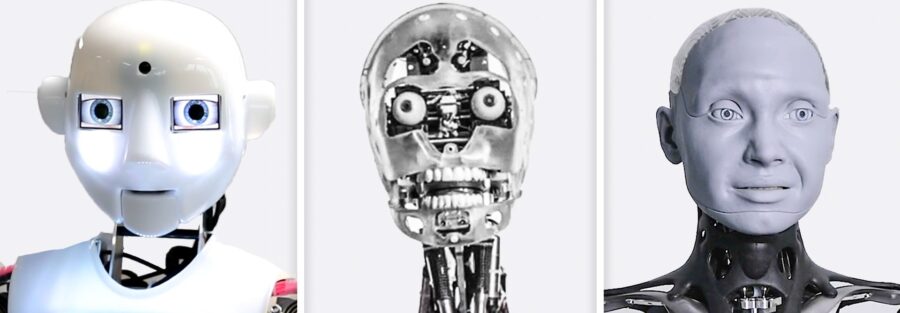Humanoid robots have always been a fascination for scientists and researchers worldwide. These machines, designed to resemble humans in appearance and behavior, pose several design challenges that require innovative solutions. From achieving precise movements to maintaining balance, engineers have been tirelessly working to overcome these hurdles. In this article, we will delve into the challenges faced in designing humanoid robots and explore the breakthroughs that have revolutionized mechanical design in this field.
Humanoid Robots: Tackling Design Challenges
One of the major challenges in humanoid robot design is achieving precise and fluid movements. Human beings possess an exceptional range of motion, which allows us to perform tasks with ease and grace. However, replicating this flexibility in robots is a complex task. Engineers have to meticulously design robotic joints, ensuring they provide a wide range of motion while maintaining stability and accuracy. This challenge requires the development of advanced mechanical systems that enable smooth and natural movements.
Balance is another crucial aspect that humanoid robots must address. Human bodies have a remarkable ability to adjust and maintain balance, even on uneven terrain. For robots to be truly humanoid, they must possess this capability as well. Designing robots with a stable center of gravity and implementing sophisticated algorithms for balance control has been a significant focus for researchers. Breakthroughs in mechanical design have allowed for the development of highly stable humanoid robots capable of maintaining balance in various environments.
Power efficiency is a key challenge faced in the development of humanoid robots. Human muscles are incredibly efficient, allowing us to perform tasks for extended periods without significant fatigue. On the other hand, robots often require a substantial amount of power to operate, limiting their endurance. Engineers have been actively working on optimizing mechanical design to enhance power efficiency in humanoid robots. This involves lightweight materials, efficient actuation systems, and innovative energy management strategies. These breakthroughs in mechanical design have improved the autonomy and overall performance of humanoid robots.
Unveiling Breakthroughs in Mechanical Design
Advancements in mechanical design have resulted in several breakthroughs in the field of humanoid robotics. One significant breakthrough is the development of compliant actuators. Traditional rigid actuators used in robots limit their ability to interact safely with humans and their surroundings. However, compliant actuators mimic the compliance found in human muscles, allowing for safer physical interactions. These breakthroughs have opened up new possibilities for collaborative tasks and human-robot interactions.
Another breakthrough lies in the development of artificial skin for humanoid robots. Mimicking the human sense of touch has been a longstanding challenge. Recent innovations in tactile sensors and artificial skin have enabled robots to have a sense of touch, enabling them to better interact with their environment. This breakthrough has vast implications for applications such as prosthetics, healthcare, and search-and-rescue missions.
Furthermore, the advent of advanced control algorithms has revolutionized humanoid robot design. These algorithms enable precise and coordinated movements, enhancing the overall capabilities of robots. By combining sensory feedback and intelligent control, robots can navigate complex environments, perform intricate tasks, and adapt to unforeseen situations with remarkable agility. These breakthroughs have significantly expanded the potential for humanoid robots to become integral parts of our society.
The challenges faced in designing humanoid robots have pushed engineers to explore new frontiers in mechanical design. Through innovative solutions, breakthroughs have emerged that have revolutionized the field. From achieving precise movements to maintaining balance and enhancing power efficiency, these advancements have brought us closer to creating robots that can seamlessly integrate into human society. As the boundaries of mechanical design continue to be pushed, we can expect to witness even more remarkable breakthroughs in the future, making the dream of humanoid robots a reality.



